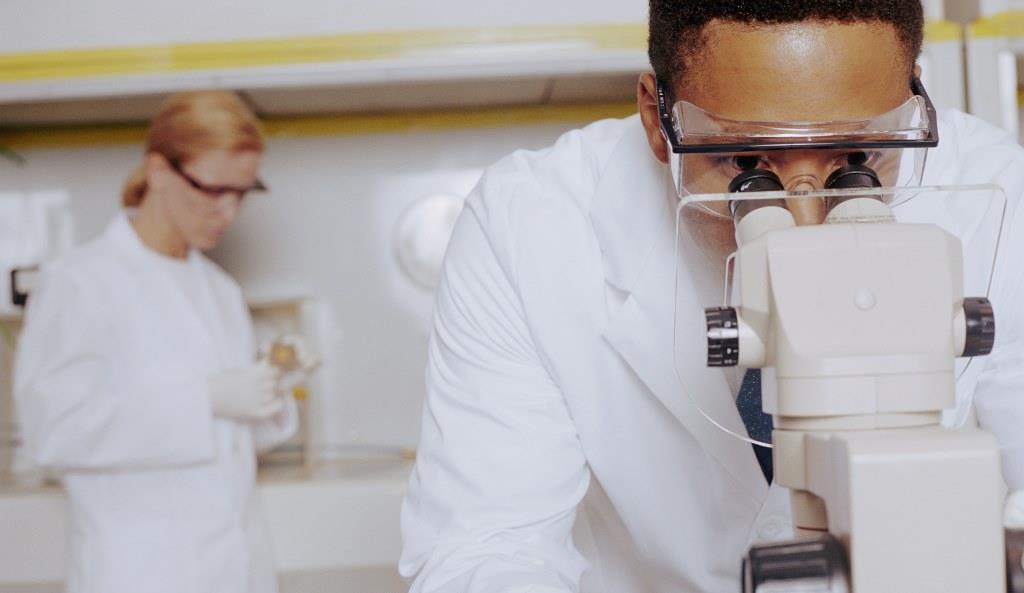Setting up a commercial entity:
Identification of potential product candidates
Over the course of approximately 8 years, a group of Angel Investors provided research funding to support sponsored research supporting the biomedical applications of nanotechnology. The research was carried out at a world-acclaimed medical school in California. The novel discoveries that stemmed from the sponsored research were patented, and title to the resultant 9 issued international patents, were held in trust by the Regents of the university where the research was conducted. We were approached to
(1) analyze and do due diligence on the IP to gauge its likely “resilience” to any ensuing competitive patent applications;
(2) and then to identify any potential product candidates that were covered by these IP claims.
The team we assigned to the project had broad-ranging and comprehensive skills and experience in pharmaceutical and biotechnology innovation, intellectual property, market analysis, business and marketing, and other related areas.
Our rational approach to this assignment, carried out in a series of interactive meetings with the academic inventors, involved the conceptualization of a systematic and progressive series of inter-related tasks. Firstly, we performed a thorough review of the issued intellectual property claims. Next, we carried out patent searches to determine what related IP existed, and determined the degree of overlap between our issued claims and those contained in the identified competitor IP portfolios. As part of our risk-mitigation strategy, our aim was to identify at least three product candidates that were adequately covered by the issued IP claims. Our team carried out comprehensive market research and competitive intelligence data mining.
Essentially, we concluded that the nanotechnology IP claims were best portrayed as representing a “platform” technology. We concluded that the accumulated empirical data would serve well when represented as a “base station” from which to launch the development of the divergent (but overlapping) product candidates we had identified.
Each of the product candidates we identified had the following characteristics: (1) it either had the potential to fill a niche market, or, to enhance the functionality or performance of an existing product (or candidate) – the underlying aim being to provide competitive advantage to a licensee or acquirer, or, to extend the patent life of an existent patent.
Footnote: All three of the product candidates we identified resulted in the issuance of novel IP, successful “proof-of-concept”, and successful clinical development.


